|
What is your strategy for dealing with constant interruptions to your thought process? Have you been interrupted by a phone call, important email, Facebook post, tweet, colleague within the past one day that has made you lose your creative flow ? If you answered yes to all of the above, you are not alone. Here's what I think: I used to view those things as being disruptive and to be avoided. I changed my mind. Today each time I am being "interrupted", I thrive to turn the moment into a rewarding opportunity. Here's why. -By Philippe Mora (@philippemora) San Francisco, 04/02/14 - Being interrupted by others is a golden opportunity to listen and to strengthen your relationships as well as leadership. It is important to help others, especially when they are ostensibly seeking your help: it is your opportunity to own the issue or question at hand, and your advice and mentorship's value will only increase as your answers and perceived (or actual) wisdom are helping others to move forward. As a matter of fact, in the creative and knowledge world, the more questions you are asked, the more valued you are. So next time someone asks you a question, think twice before you send a quick "I am very sorry, things are hectic here, working on a big project for a client", because your credibility as a leader is on the line, and you'll miss a mentoring opportunity that will not come back to you anytime soon. Modern life, particularly work life, has become increasingly hectic. There are relentless demands from meetings, emails, text messages, questions to answer, problems to solve, fires to put out. It can begin to feel like there is never any time to get “real work” done. If you feel overwhelmed by endless interruptions at work, you are not alone. One of the most powerful lessons I have learned in my over thirty five years of leadership experience is that these thousands of little interruptions aren’t keeping you from the work, they are the work. When you look at it this way, a whole world of opportunities opens up. Think about it. Every single interaction is rife with the potential to become the high point or the low point in someone’s day. Every “interruption” offers an opportunity to lead impactfully, to set expectations, bring clarity to an issue, or infuse a problem with energy and insight. To reframe these moments in an empowering way, I call them “touchpoints.” If we choose with purpose to see these moments not as distractions from our work, but as the work, then we can begin to lead more meaningfully in each and every moment. So, how do we do this? How do we begin to change our approach towards these interruptions? Where do we start? If we’re to treat each interaction as spring-loaded with possibilities, then we must prepare to engage within these moments in the most effective way possible. One way to train ourselves to do this is to identify the key components in each exchange. It is helpful to consider the three variables of every touchpoint. Is the issue itself something important, such as a question, a problem, or decision that affects the performance of individuals, teams, or the whole organization? Remember, importance is in the eyes of the beholder, so it is critical that one be alert to the perspectives of everyone in the interaction. This could be how to address an employee complaint, replace a key team member, or how to make a project come to fruition in the face of budget cuts. In each interaction it is necessary to assess if the issue is “yours,” “theirs,” or “ours.” David, a former plant manager for P&G, has a visceral appreciation for the importance of this component. During his tenure, he made it a habit to walk through his plant every single day with the goal of addressing 10 of his own to-dos. David would carry his list of 10 pressing issues on a slip of paper as he roamed throughout the plant. They could range from getting an update on a safety issue to spreading the news about an award the company had won. Although he would embark on his walk with just these 10 items in mind, something wonderful happened again and again. David was interrupted. People would notice him walking the premises and take the opportunity to raise their own ideas, problems, and questions. Rather than avoiding these interactions, David would embrace each and every one. He would listen carefully to swiftly assess who owned the issue, consider all the other people who might be involved, and help to bring clarity and energy to resolve each new concern he encountered. All while simultaneously moving through his own to-do list. Pretty efficient. With this approach, he achieved infinitely more in a single minute than he could sitting isolated at his desk, sending emails for an hour. Whatever you say or do in a touchpoint may be quickly transmitted exponentially throughout the other people involved – and then relayed again and again. Remember, organizations are living systems in which people are connecting all the time: individuals who report to you directly, colleagues, and anyone with whom you have a straight or dotted reporting line. Consider that every single person with whom you interact is embedded in complex webs of relationships. It is crucial to think about all of the people who will be affected by your words and actions, even those who are not present in a particular interaction. Who is the leader in the interaction? Who is bringing clarity and focus to the issue? It doesn’t have to be the person with the most seniority or the most impressive title; behavior dictates leadership. You are the leader in the touchpoint if you listen intently, help frame the issue, and spread infectious positive energy exponentially throughout the organization. To see how these come together and take it a step further, consider the example of George, head of a 500 person R&D department. He was involved in a tense meeting with senior executives. A very specific and narrow point was being heatedly debated. After listening intently, George realized the issue was being framed too narrowly. Although he was not the most senior person in the room, he felt he needed to speak up. In this case, he knew he might have to disrupt the flow of the meeting to make a productive point. He chimed in, initiating a touchpoint. George boldly articulated a broader strategic view that allowed his R&D team more decision making power. It was a lonely view, but he advocated it passionately. Later that day, he ran into a colleague from the legal department who had heard about his argument. He was surprised. How did she know about it? It turns out his team members were proud he had taken a strong stand, felt energized by his advocacy, and had spread the word throughout the organization. His message had spread exponentially and invigorated his people! What if he had stayed silent? An opportunity would have been lost. The role of the leader extends beyond embracing interruptions as opportunities for touchpoints. It also involves initiatingtouchpoints when your instincts and experience signal to you that a re-framing of the issue is necessary to advance the agenda. When executed correctly, word gets out. This is the power of embodying the role of the Leader in any particular touchpoint. Using this structure to reflect on the variables in each touchpoint, you can begin to unlock the full potential of each interaction. I encourage you to treat every interruption as a golden opportunity to contribute meaningfully. You’ll become more fully present in your leadership. Each moment will become a chance to inspire a sense of possibilities and stimulate the desire for betterment throughout the entire organization. [Read More: "Turn your next interruption into an opportunity" Thank You HBR 03.26.14]
1 Comment
|
Head of Product in Colorado. travel 🚀 work 🌵 weights 🍔 music 💪🏻 rocky mountains, tech and dogs 🐾Categories
All
|
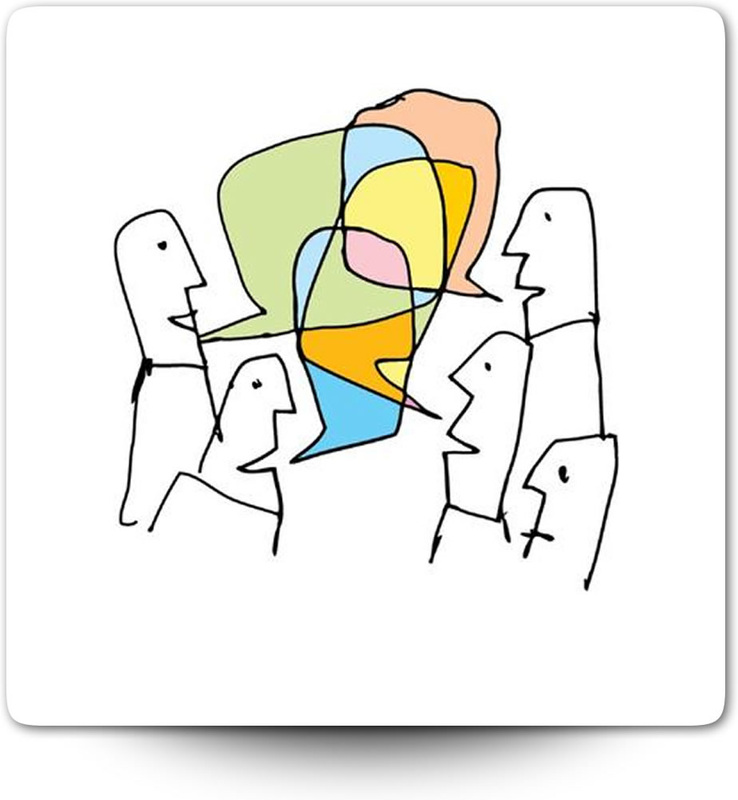
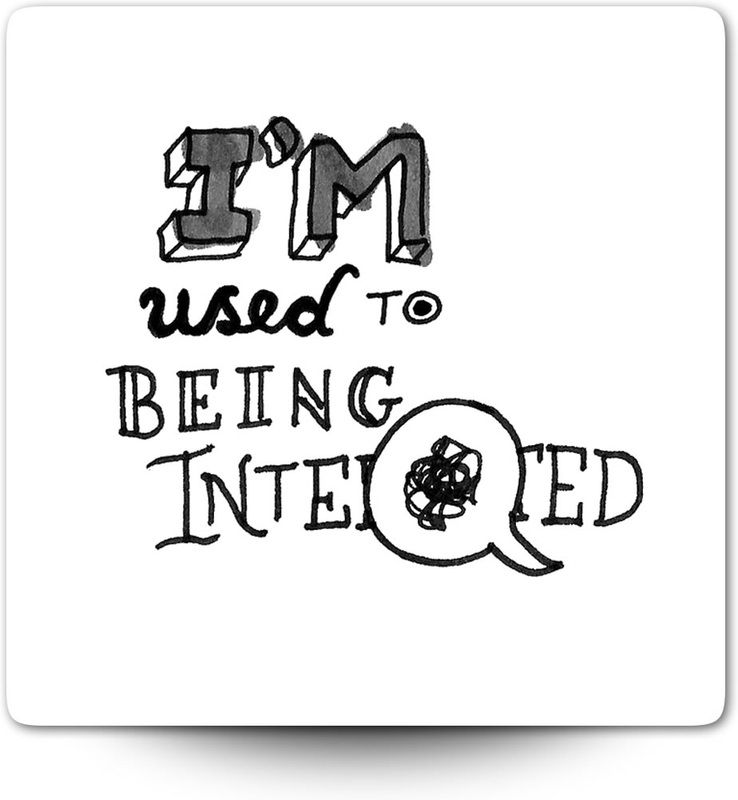
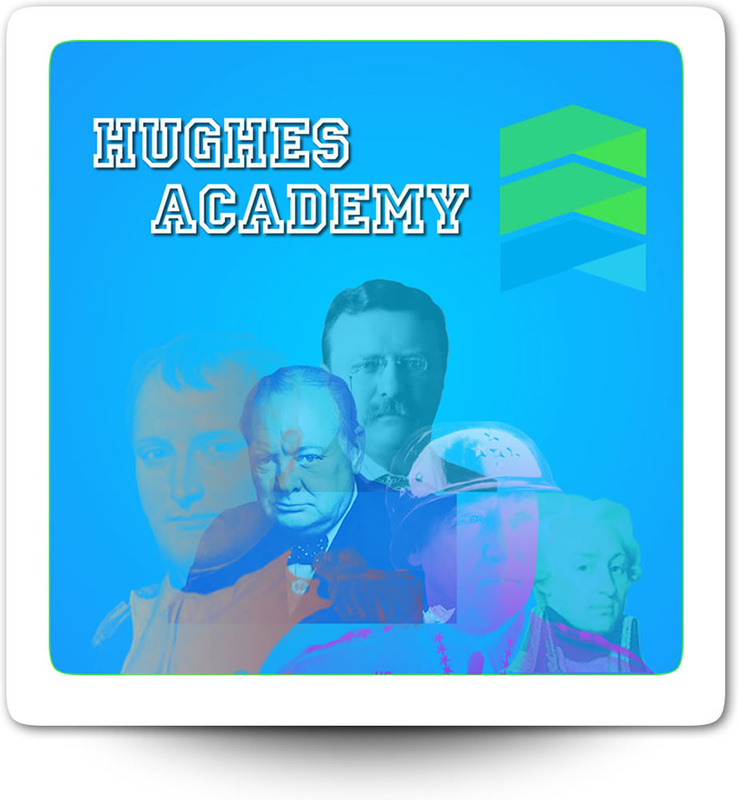
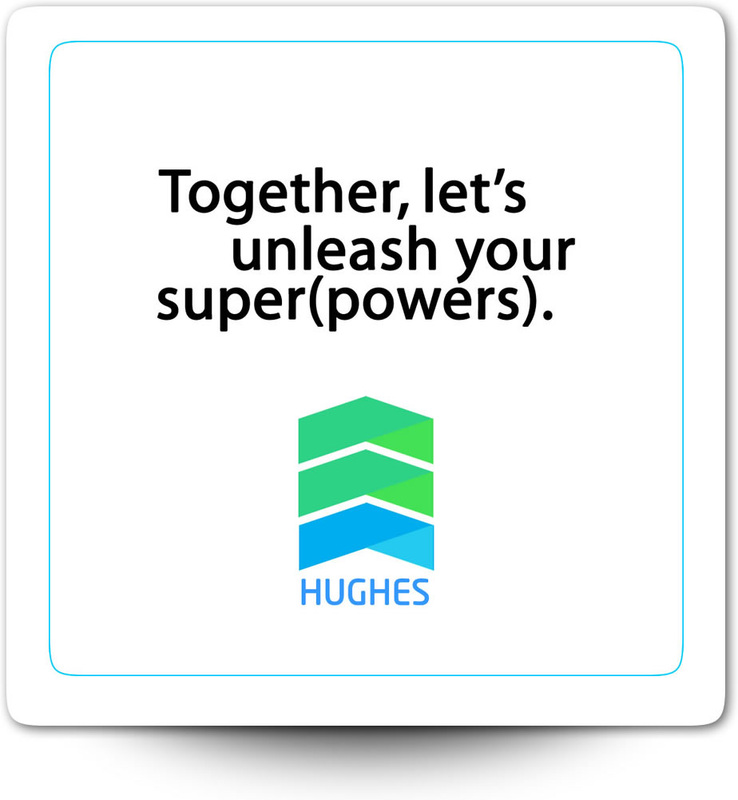
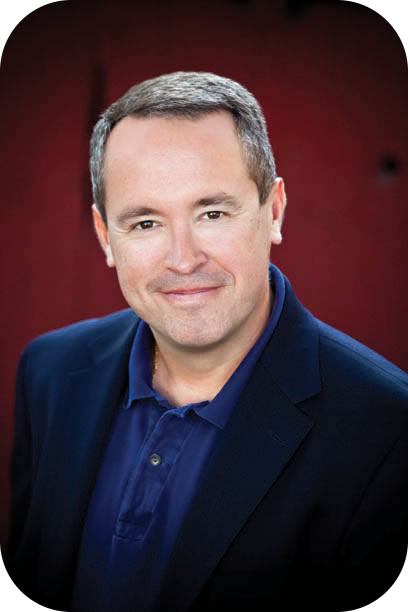

 RSS Feed
RSS Feed